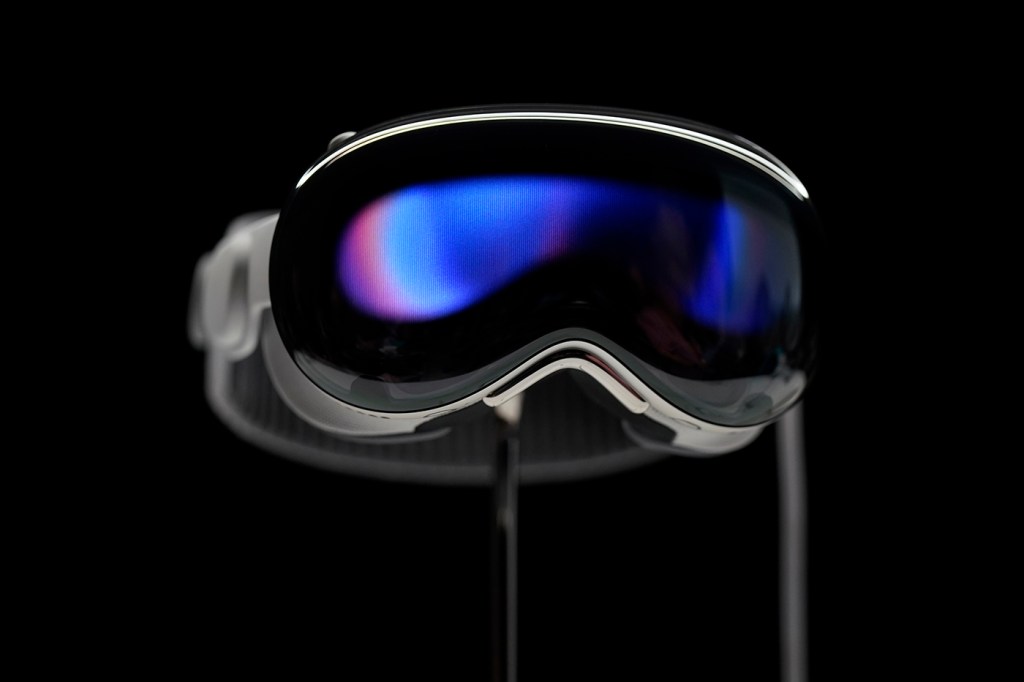Will Apple’s new Vision Pro mixed reality headset change how we relive memories?

Imagine this: you’re at the beach enjoying the day with your friends. You take in the shining sun and the calm waves that can be heard in the distance. Wanting to capture the moment, you grab your smartphone and take a video.
There’s a chance you’ll never watch that video again, as nothing could compare to the experience of actually being there in person.
But what if there was a way to experience that memory again more fully?
Apple recently announced the Feb. 2 release of the Vision Pro, its $3,500 mixed reality headset. One of the standout features of the new headset is the ability to watch a three-dimensional type of a video Apple is calling “spatial video.”
These types of videos can be recorded using an iPhone 15 Pro, and journalists who have used the Vision Pro to play back those videos have described getting emotional using the technology.
The fact that Apple is highlighting that feature as one of the main selling points of its new device is not surprising, says Mark Sivak, associate teaching professor of arts and design at Northeastern University. It showcases the unique value proposition of the technology.
“There is a certain agency people retain in VR because they can choose where they want to look,” he says. “When used effectively, you are able to look around and absorb the world as you watch the subjects, and there’s a part that is definitely compelling and that brings the person in in a way that’s not possible with any other technology.”

That being said, much of the available virtual and augmented reality technology is still far too expensive for the common user.
“There’s a certain inherent inaccessibility with a lot of these technologies that makes it a little difficult to make the case that they are going to be used for emotion and storytelling,” he says.
Apple is far from the first company to make a VR headset, which will be among the most expensive on the market when it comes out. Other major players include Meta, which sells headsets ranging from $250 to $1,000, and HTC, which sells headsets ranging from $500 to $1,400.
Featured Posts
Given how new the space is, both developers and users are still trying to determine the best applications for the technology, Sivak says.
VR headsets have primarily been promoted in the gaming space, but are increasingly being advertised for use in office settings as computer monitor replacements and even for training workers in the medical and manufacturing industries, he says.
With the iPod and iTunes, Apple transformed the mp3 player space and the music industry. With the iPhone, it reinvited smartphones. And with the Apple Watch, it made smart watches mainstream.
Could it do the same with mixed reality?
Given the Vision’s Pro’s expensive price tag, the first-generation device is primarily being catered to developers and Apple enthusiasts, but it will help expand the category and bring more legitimacy to the industry.
Sivak compared the Vision Pro to the Apple Watch. When the Apple Watch was first launched, Apple did not do a good job explaining why people should buy it. It was slow and many of the apps available on it were just inferior versions of smartphone apps.
It took Apple a few years to hone in on the watch’s health and fitness features.
He foresees the Vision Pro following a similar trajectory.
“People will be mixed on it until it finds its killer apps, be it the memory stuff or [something else], and find its proper audience, then I think it will grow and expand and become a cultural item just like the rest of Apple’s products,” he says.











